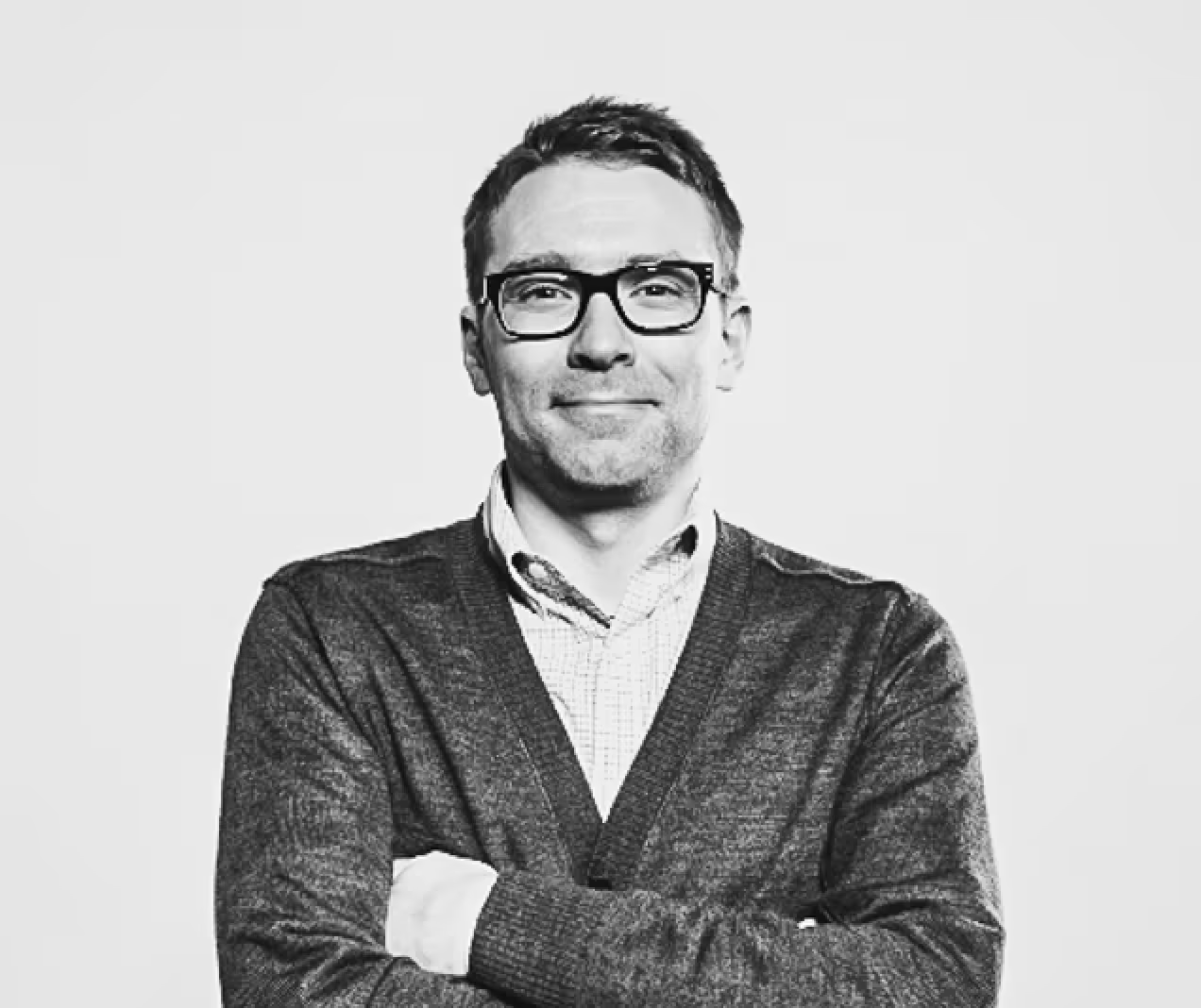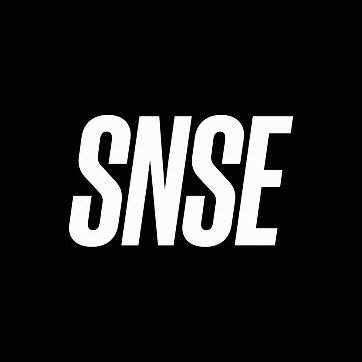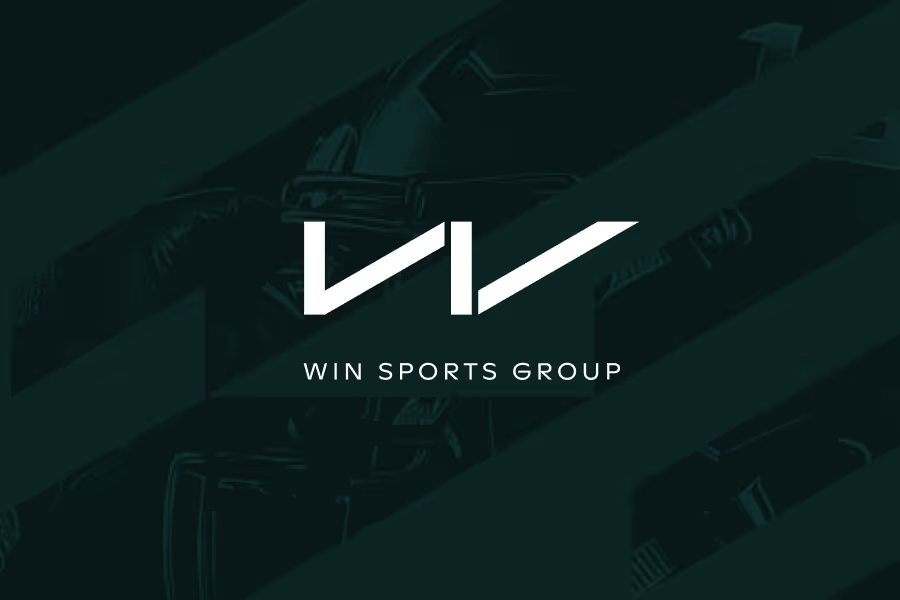Scott Brown, Head of Product Design at Creature
Scott has 20 years experience leading innovation and product design efforts for Fortune 500 companies like Cadillac, Samsung, ABC Disney, and Cigna and believes that innovation frameworks need to be more flexible.
According to a McKinsey survey, less than 10% of executives are satisfied with their firms’ innovation performance
It’s an almost unbelievable statistic, especially when you consider all of the spending, hiring, evangelism, and training that have gone into innovation efforts over the past decade. There’s likely a range of factors at play here, but I’m willing to bet that many corporations have fallen into the trap of relying on a rigid, one-size-fits-all approach that wasn’t designed to meet the complexities of today’s business environment — and all this despite the fact that there’s an almost-endless list of frameworks available to us today:
- 10X Thinking
- Agile Innovation
- Blue Ocean
- Business Model Canvas
- Creative Problem Solving
- Design Thinking
- Disruptive Innovation
- Jobs to Be Done
- And the list goes on…
So if the issue isn’t a lack of interest, investment, or availability of tools, what’s going on?
We have a flexibility issue
Simply put, as standalone tools these frameworks often aren’t flexible enough to address the complexity of today’s business needs. I’m coming from a UX background, so I’ll pick on Design Thinking today. First, respect and credit where they are due: this is a proven process that’s responsible for no shortage of innovative products and services we all rely on today.

My gripe here is that not all opportunities start with the same clean slate and we’re not always afforded the time and space to devote to a discovery process aimed at customer empathy. The reality is quite a bit different and in corporate environments opportunities are just as likely to arise from market trends, signals from your sales team, regulatory changes, competitive pressure, or executive pet projects.

Further, the variability in these inputs creates additional variability in where you begin the process. For example, your organization’s sales team could be getting strong signals from the market that you need a specific new widget, effectively short circuiting the first two steps of the process. Or, leadership could come knocking with the dreaded pet project that leap frogs you directly to a prototype.
So when the on-ramp for an opportunity doesn’t fit neatly into the Empathize phase of Design Thinking, you end up with a square peg for a round whole and the following phases tend to crack under pressure because we’ve haven’t started with the right inputs.
To be fair, this isn’t a shortcoming of Design Thinking. These frameworks are simply being used in ways they weren’t intended. Design Thinking’s biggest issue is that it’s been proven effective. This effectiveness has led it to migrate from design consultancies to management consultancies and even further upstream into corporate America where it’s often misapplied.


The takeaway here is that we’ve hacked traditional frameworks that work best if we went back to square one by starting with an Empathy phase. If we’re willing to accept the risk associated with skipping that step (based on a well-defined opportunity supported by some level of data and insight) we can create a new on-ramp for the opportunity and save ourselves several weeks in the process. This approach also allows us to get to evaluative research sooner where we’re getting response to an actual stimulus.
Does a playbook sound right for you?
The good news is that developing an innovation playbook doesn’t have to be overwhelming. Many of our clients have found it helpful to start with a collaborative workshop where we map out your existing innovation ecosystem and processes. This helps create a shared understanding of the current state and defines the space within which we can create the optimal playbook.
We offer a limited number of these specialized Adapt workshops each quarter at a discounted rate that are perfect for this kind of first step. Reach out to Craig Higdon, our Head of Clients Services, at craig@creaturestudio.com with questions about how this might apply to your organization or to sign up for an Adapt session to get started.



.avif)




